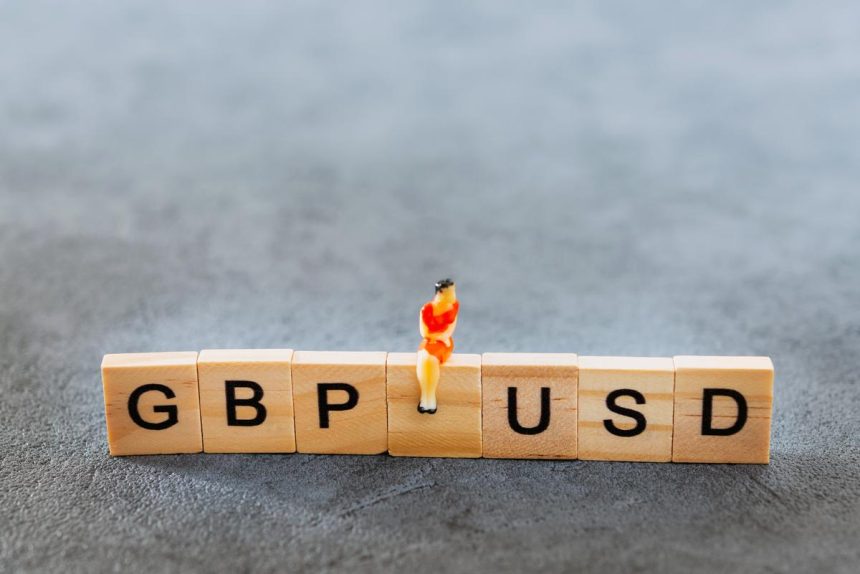Pound Sterling remains strong following the UK’s Spring Budget statement.
The Pound Sterling (GBP) is up in Wednesday’s late European session. Following the release of the United Kingdom’s 2024 budget statement. The Chancellor of the Exchequer. Jeremy Hunt, has boosted GDP growth predictions for 2024.
The measures mentioned in the UK Budget might have a substantial impact on the inflation outlook.
The UK economy is predicted to increase by 0.9%, up from 0.8% forecast in November. The Convergative Party stated that it intends to reduce the budget deficit to 1.2% in 2028-29.
Market investors eagerly await statements regarding tax cuts that will supply Inflationary guidance. According to the Times, Jeremy Hunt is set to announce a two percentage point drop in National Insurance Contributions (NICs). Saving the average income roughly 450 pounds this year. Combined with last year’s decrease, workers would save 900 pounds.
The US dollar will be led by US private payrolls and Fed Chair Powell’s testimony.
In the United States, investors will pay attention to the ADP Employment Change for February. And Federal Reserve (Fed) Chair Jerome Powell’s appearance before Congress at 13:15 and 15:00 GMT, respectively. Powell’s comments on the interest rate forecast may influence market expectations. For Fed rate reduction, since markets presently anticipate the first in June.
Daily Market movers: Pound sterling remained steady after Hunt’s budget statement.
The Pound Sterling demonstrates broad strength against the US Dollar. Investors are hoping that the Bank of England (BoE) is not interested in cutting interest rates sooner. The stickiness of consumer price inflation in the United Kingdom is the strongest among the Group of Seven economies, prompting BoE policymakers to keep interest rates in the restrictive territory for a longer amount of time.
A moderate slowdown in wage growth and service inflation is keeping the outlook for the UK’s core Consumer Price Index (CPI) stable. Policymakers at the BoE feel that the rate at which labor costs and service inflation are falling is double that required for inflation to return to the 2% objective on a sustainable basis. When the Bank of England keeps interest rates low for an extended period of time, the pound sterling attracts more international inflows.
UK’s inflation prognosis may continue. Sticky as Chancellor of the Exchequer.
Meanwhile, the UK’s inflation prognosis may continue. Sticky as Chancellor of the Exchequer. Jeremy Hunt has upped the GDP projections for 2024 and 2025. The UK economy is expected to rise by 0.9% in 2024 and 1.9% in 2025, respectively.
However, tax cuts will continue to be a primary driver of the pound sterling. On Sunday, Jeremy Hunt told BBC News, “We’ve always said we’d only cut taxes in ways that are responsible and prudent.” The statement indicates that the fiscal budget’s susceptibility to tax cuts may be limited. However, many Conservative Party members want Hunt to persuade the public that the economy will be out of the crisis with increased stimulus packages before of the general election later this year.
The Times reported that there would be a declaration of a two-percentage-point reduction in NICs, resulting in an additional savings of 450 pounds for the average paid worker in 2024. On the contrary, former Cabinet minister Priti Patel stated on television that income tax cuts would be a better approach to demonstrate that the government supports working families.
On the economic front, S&P Global/CIPS announced Tuesday that the Services PMI fell below expectations, to 53.8 from 54.3. The result was disappointing, although the index was greater than any month in the second half of 2023. The agency stated, “Another healthy expansion of company activity across the service sector in February adds to indicators that the UK economy has turned “a corner after entering a technical recession in the second half of 2023.”
The US dollar remains weak ahead of Federal Reserve Chair Jerome Powell’s speech before Congress at 15:00 GMT. Fed Powell is anticipated to maintain that there is no need for rate decreases. The Fed is unlikely to proceed to policy normalization unless it is confident that inflation will consistently return to the 2% objective.









